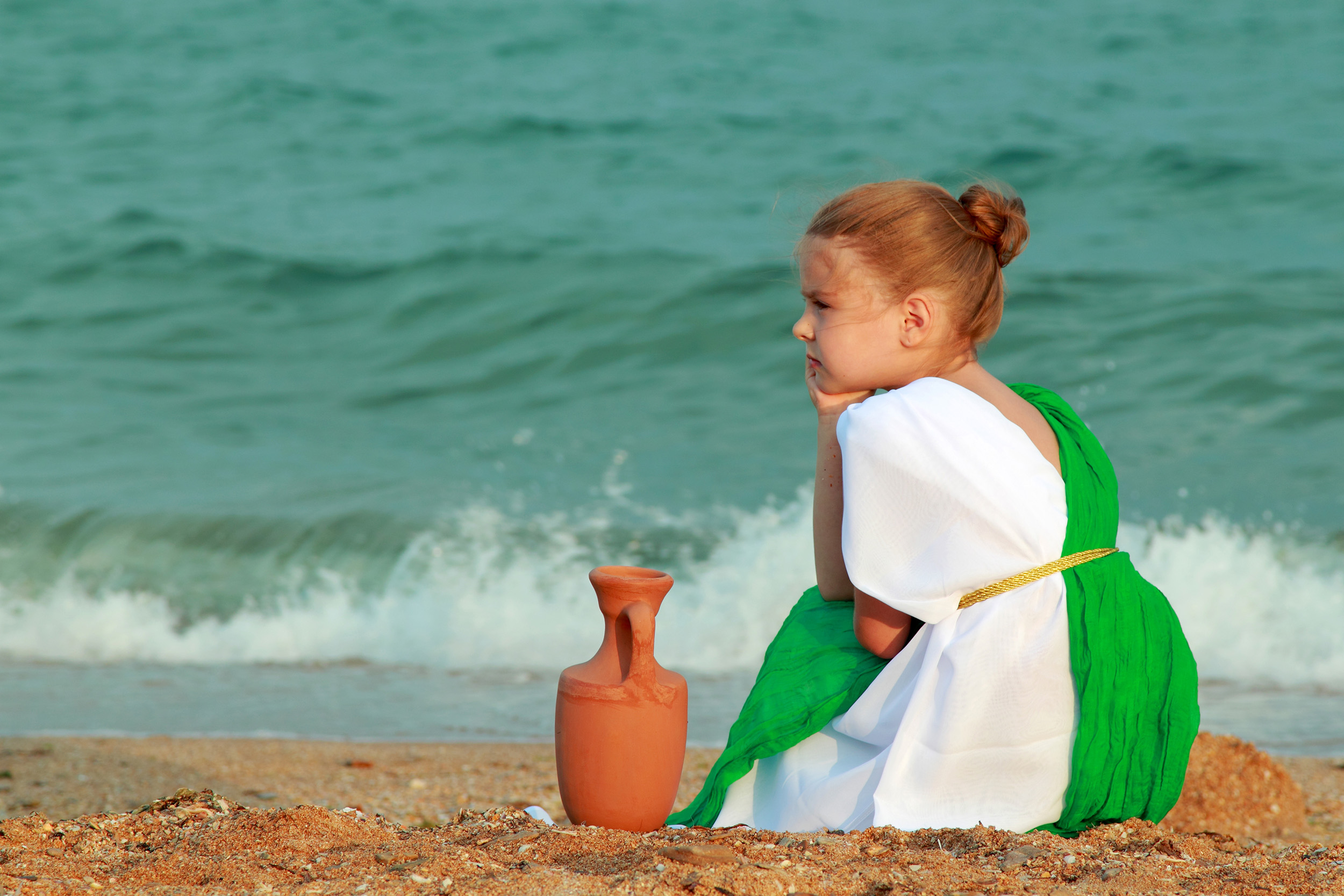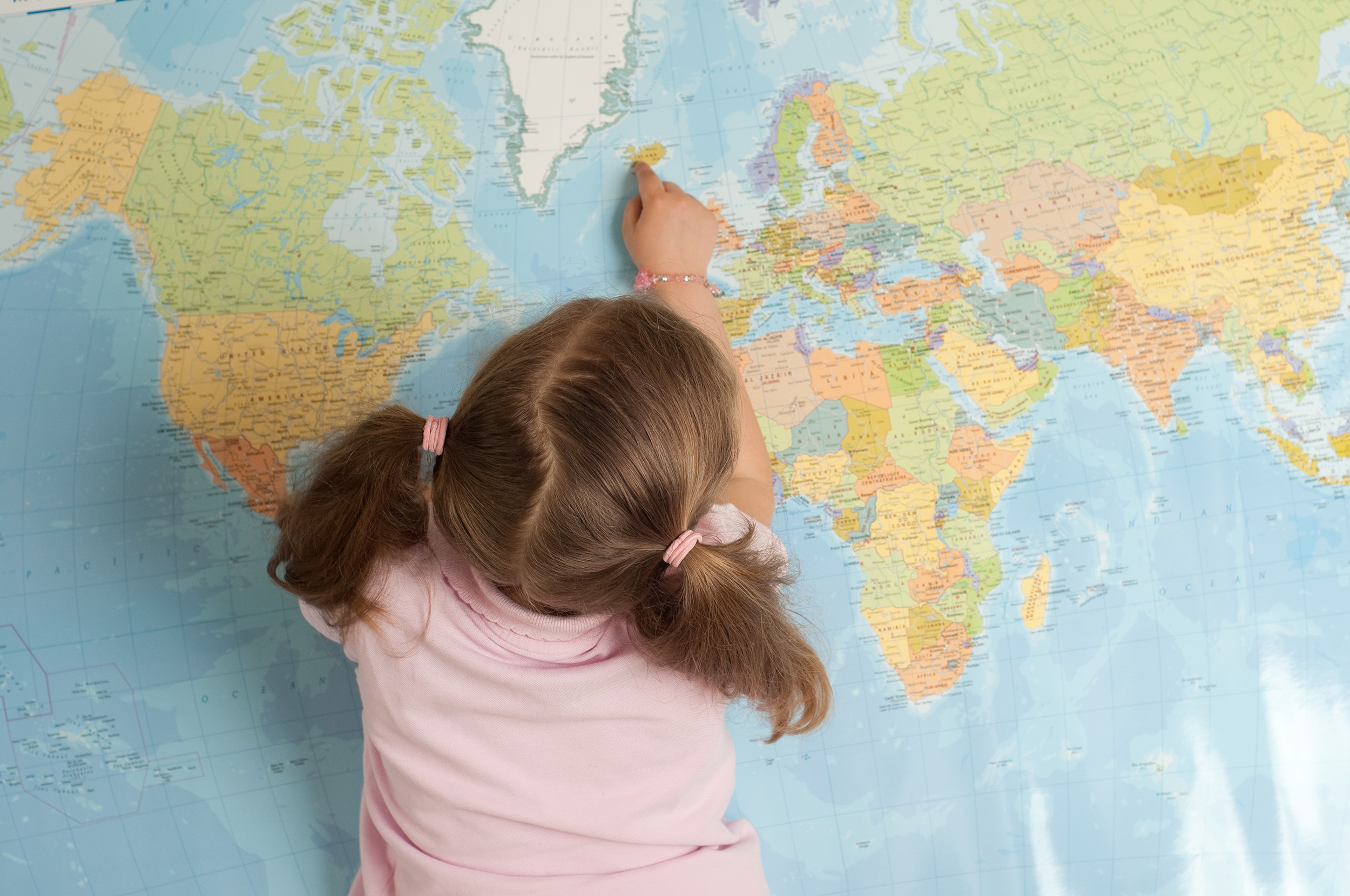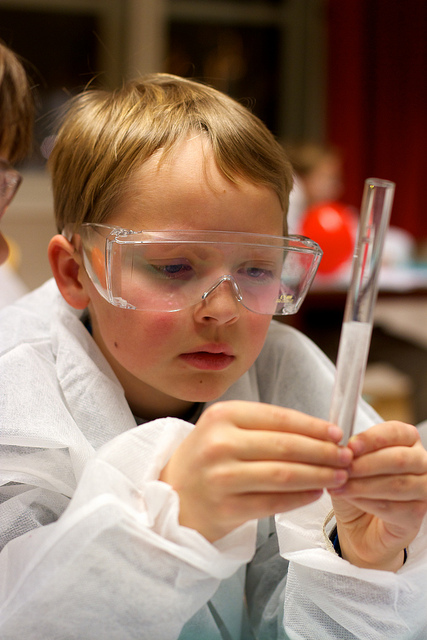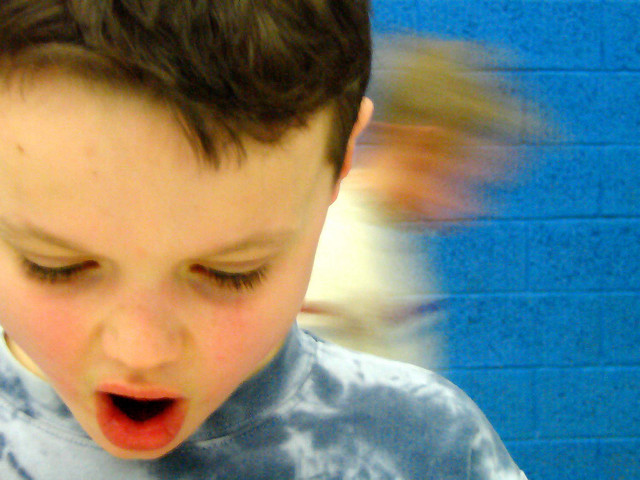The Smartest Kids in the World: And How They Got That Way is a fascinating book by Amanda Ripley, that sets out to find out why the United States is doing so poorly on the standardized PISA test (which is given to 15-year-olds around the world and tests them on reading, mathematics, and science.)
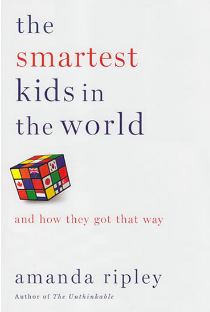
Ripley studies the education systems of a few of the countries that had the best PISA results ( Korea, Finland, and Poland), and documents the experiences of American exchange students in each of the nations. She finds several key points that these countries focus on, to create a top education system.
1. The top-performing countries believe in academic rigor. Teachers, politicians, parents, and kids in these countries agree that school should be about mastering complex educational content. Students are expected to take school seriously, and there are high expectations from teachers, parents, and the students themselves about what the students can accomplish. Comparing the American education system, Ripley writes of several disturbing examples, where education boards seem almost afraid to encourage students to aim for a high academic standard. These boards are scared that a large percentage of the students just aren’t up for the challenge, and will be destroyed by failing.
2. Teachers need to be the best and brightest of society and need to be highly trained. Only the most promising students get into Finnish teacher’s colleges, where they spend six years studying. Students and parents highly respect teachers because they know how difficult it is to become a teacher. Getting into a teacher training school in Finland is as prestigious as getting into medical school in the U.S. Ripley provides lots of examples that prove that when the teachers are highly educated, the quality of the teaching goes up.
3. Factors that people assume to be important to student outcomes, like government spending per student and private education, had little effect on academic performance. Poland is a particularly good example of the lesson that more money doesn’t necessarily make a great school. After education reforms in Poland, polish students outperformed the U.S kids in math and science despite spending less than half what the U.S did per child.
4. Investment in classroom technology doesn’t equal better academic outcomes. Of the schools profiled in this book, there was little or no technology available in the classrooms. Many of the most successful education systems don’t even allow students to use a calculator in class.
5. Failure wasn’t considered shameful, but a normal part of learning. Students who were having difficulty with schoolwork were given the best help available until they caught up. In Poland, students were graded on a 1 to 5 system (lowest grade being 1, and the top a 5.) An American exchange student in Poland observed that when students’ exam scores were announced in front of the class, no one ever got a 5, and none of the students seemed too bothered about it. “If the work was hard, routine failure was the only way to learn.” Ripley uses examples to compare that to the American system and shows that many educators believe failure in American schools is demoralizing, and to be avoided at all costs.
6. Math skills are vital in the modern world, and more value must be placed on math education in schools. Math is a very strong predictor of future earnings, with math skills becoming more and more valuable in the global economy. Ripley laments the pervasive idea in the U.S. that math is an innate ability, and that you’re either good at it or you aren’t. As a counterpoint, the education superpowers treat math as a skill that is developed through hard work and perseverance. These countries believe that with the right teachers, who have strong math training themselves, children’s math scores will improve. This is because there is a strong relationship between a teacher’s ability in math and the student’s results.
A Finnish teacher needs a master’s degree in math to teach. In North America, many teachers have liberal arts-based backgrounds, and they aren’t necessarily as strong in math. Because math lessons build upon what has come before, if a student doesn’t understand a particular concept, it’s easy to fall behind quickly and become discouraged. In high performing countries, children are not allowed to give up on math, as they are in American schools. It is regarded as a skill that must be learned.
7. Teaching higher-order thinking and reasoning is critical. The Smartest Kids in the World spends a lot of time stressing the importance of math in schools, and reminding the reader that math isn’t just math: “Math is a language of logic. It is a disciplined, organized way of thinking. There is a right answer; there are rules that must be followed.” Since more and more jobs are requiring these kinds of skills, kids need to be able to adapt and be prepared for the modern job market.
8. No education system is perfect, but they are dynamic and can change quickly. Ripley writes, “Everywhere I went, in every country, people complained about their education system.” She says this is a universal truth. Of the three countries examined in this book, some lessons can be taken from all of them about changes that can be made. One of the big lessons is that it’s possible to make radical changes to education systems that will improve student outcomes in a relatively short period. Poland is an excellent example of this. Despite high rates of crime and poverty, the government rolled out dramatic education reforms in 1999. The PISA tests were able to show the test scores from the old education system in Poland in 2000, and then after the reforms were in place in 2003. In only three years, the PISA scores went up dramatically for the Polish students, to the point that they were able to catch up to all of the developed countries in the world and surpass the U.S. within a few years.
9. What parents do at home to help their kids matter more than what parents do at school to help their kids. The common idea in North American society is that the more involved a parent is with their child’s school, the better the child will do at school. Ripley, however, found that volunteering or fundraising for the school has little or no effect on children’s PISA scores. Her research showed that what’s more important is very simple: reading to kids every day when they are young and then engaging them in conversation as they get older, about things that matter, and will get them thinking. Getting kids to become strong readers and thinkers is strongly influenced by what the parents do at home, not at school.
10. There is more than one way to become an education superpower. Finland, Poland, and Korea all have very different systems. Finland’s approach appears to be ideal, with the key being the highly trained and carefully selected teachers. Poland’s approach has some great lessons on how to make dramatic changes to education quickly. Korea’s system, despite its exceptional PISA scores, is probably not the one that other countries should be aiming to emulate. Ripley goes into great detail about what a typical Korean student’s day is like, and it seems pretty horrible. Kids attend a regular school for lessons, but after school, when most American students would head home, many Korean students stay until about 9 p.m. and clean the school, study, take extra exam prep classes and watch online test prep videos. After they leave school, they go to private tutors until 11 p.m. These kids are living in the classrooms for up to 12 hours a day, and they do nothing but study. Even the Minister of Education in Korea doesn’t think the Korean system is deserving of all the praise it’s getting from other countries.
If you are interested in education and what it takes to make a great system, The Smartest Kids in the World: And How They Got That Way is a great read and well worth picking up.
***The appendix of the book includes advice for on what to look for when choosing a school:
- Visit the school and look at the students to see what they are doing (e.g., are they engaged)?
- Talk to the students about what they do, not what they like or which teacher is nice.
- Ignore shiny gadgets. They are nice, but only if properly used (e.g., over-reliance on calculators or spell checking don’t help).
- Talk to parents to see if they approve of the school.
- Talk to the principal of the school and ask about how they choose their teachers, how they improve their teachers, and how they measure success.
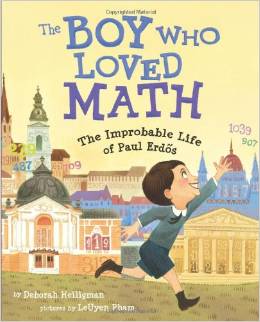 I love this book. It tells the story of Paul Erdős who had the most incredible life as a mathematician. He was a prodigy with two math professors for parents. His mother had lost two daughters to scarlet fever before Paul was born, and as a result she was extremely over protective with Paul, to the point that she didn’t want him going to school for fear of him picking up any germs. Staying at home and left to his own devices, he was able to develop his mathematical ability. Paul Erdős was so focused on thinking about math that he lived a very unconventional life, including never learning to butter his own bread, do laundry or drive a car. Instead he relied on friends and colleagues to take care of him, and in return he would travel around the sharing his knowledge with other mathematicians. He wanted to spend all of his time thinking about math. Paul Erdős was such an interesting figure because he lived the way that he wanted to live without regard for social convention, money, fame or status, which is a very appealing idea for kids (and adults!). He shared himself and his mind and he showed the world that math can be fun.
Bedtime Math Stories by Laura Overdeck and Jim Paillot
I love this book. It tells the story of Paul Erdős who had the most incredible life as a mathematician. He was a prodigy with two math professors for parents. His mother had lost two daughters to scarlet fever before Paul was born, and as a result she was extremely over protective with Paul, to the point that she didn’t want him going to school for fear of him picking up any germs. Staying at home and left to his own devices, he was able to develop his mathematical ability. Paul Erdős was so focused on thinking about math that he lived a very unconventional life, including never learning to butter his own bread, do laundry or drive a car. Instead he relied on friends and colleagues to take care of him, and in return he would travel around the sharing his knowledge with other mathematicians. He wanted to spend all of his time thinking about math. Paul Erdős was such an interesting figure because he lived the way that he wanted to live without regard for social convention, money, fame or status, which is a very appealing idea for kids (and adults!). He shared himself and his mind and he showed the world that math can be fun.
Bedtime Math Stories by Laura Overdeck and Jim Paillot
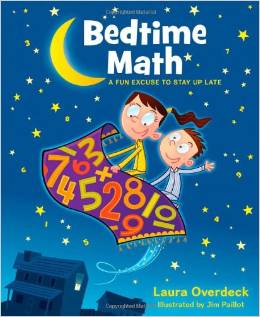 My kids can’t get enough of this book. The book is arranged into short stories about food, animals, vehicles, sports and odd jobs that are followed by questions to be answered. My 6 year old and my 9 year old are both able to take part in trying to figure out the answers to the mental math problems because for each story there are three levels of question to answer (Wee Ones, Little Kids, Big Kids). The only problem with this book is that it might keep your kids up late wanting to complete another story. Luckily there are two books in the series and judging from the success and how much my kids like these books there are sure to be more on the way. The illustrations are great and sometimes cute and funny. Highly recommend this book for anyone who wants to help get kids thinking about math. Check out their website and a Facebook page.
My kids can’t get enough of this book. The book is arranged into short stories about food, animals, vehicles, sports and odd jobs that are followed by questions to be answered. My 6 year old and my 9 year old are both able to take part in trying to figure out the answers to the mental math problems because for each story there are three levels of question to answer (Wee Ones, Little Kids, Big Kids). The only problem with this book is that it might keep your kids up late wanting to complete another story. Luckily there are two books in the series and judging from the success and how much my kids like these books there are sure to be more on the way. The illustrations are great and sometimes cute and funny. Highly recommend this book for anyone who wants to help get kids thinking about math. Check out their website and a Facebook page.
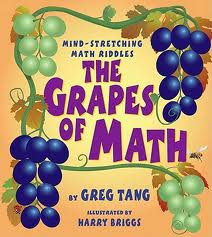 Greg Tang has a whole series of fun math books. If you like Bedtime Math the Greg Tang books are a little bit similar in style. He has written two books of math fables for the younger kids and a number of riddle based problems books for older children. You can read the books for free on his website, and be sure to check out the rest of the Greg Tang site for fantastic free math resources, especially the Kakooma section of the site; it is a lot of fun.
Math Curse by Jon Scieszka and Lane Smith
Greg Tang has a whole series of fun math books. If you like Bedtime Math the Greg Tang books are a little bit similar in style. He has written two books of math fables for the younger kids and a number of riddle based problems books for older children. You can read the books for free on his website, and be sure to check out the rest of the Greg Tang site for fantastic free math resources, especially the Kakooma section of the site; it is a lot of fun.
Math Curse by Jon Scieszka and Lane Smith
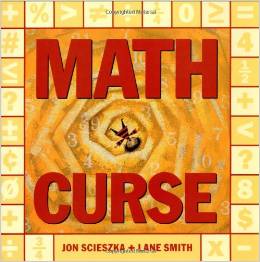 Math Curse is an older book, but it holds up well. It follows the idea of math in everyday life, and shows how it applies to everything. The books start with a teacher telling her class that “You can think of almost everything as a math problem”. The next day the main character wakes up and sees everything going on in her life as a math problem, so she thinks the teacher has put a math curse on her. It’s a fun, interactive book, that will help kids see how math relates to their daily lives and it introduces them to all sort of concepts like volume, time, fractions, measurement, and money in a humorous way. This book would be especially great for teachers.
Math Curse is an older book, but it holds up well. It follows the idea of math in everyday life, and shows how it applies to everything. The books start with a teacher telling her class that “You can think of almost everything as a math problem”. The next day the main character wakes up and sees everything going on in her life as a math problem, so she thinks the teacher has put a math curse on her. It’s a fun, interactive book, that will help kids see how math relates to their daily lives and it introduces them to all sort of concepts like volume, time, fractions, measurement, and money in a humorous way. This book would be especially great for teachers.
